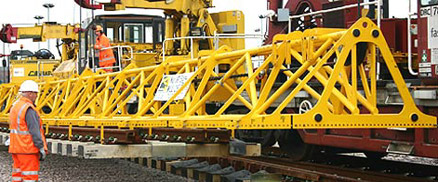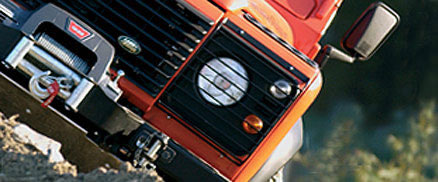Wheel bearings can fail if not maintained or looked after properly. Here are some tips to prevent this from happening:
- Clean bearings properly. Use clean solvent and brushes and dry thoroughly with clean air.
- Never spin dry bearings; this causes scratching of the polished surface and may result in premature failure.
- Do not pack the bearing unless it is perfectly dry.
- Good practice calls for a thorough inspection after cleaning and before reinstallation. Bearings in 4×4’s are often hammered or pulled without respect for such precision made assemblies. Re-assembly of a damaged bearing results in short component life.
- Pack the bearing immediately following cleaning, drying and inspection.
- Do not use an excessive amount of grease – be sure it is worked into every bearing space, but do not fill the hub with grease.
- Keep bearings clean, work on a clean bench and do not handle bearings with dirty or moist hands.
- When re-assembling check the bearing for proper seating.
- Check adjustments carefully. Most vehicle manufacturers nominate a torsion wrench setting for bearing assemblies. Use a torque wrench and do not exceed the manufacturer’s recommendation.
- Check brake shoe clearance, the dragging tip of a brake shoe or pad can create very high wheel temperatures in a short run.
- Keep grease containers completely covered when not in use to avoid contamination. (Replace the lid immediately sufficient grease has been removed from the container).
- Do not mix different types of grease. Under no circumstances must lithium based multi-purpose grease be mixed with soda base wheel bearing grease or an adverse chemical reaction will occur.
- Carefully avoid contact of the packed bearing with dirt, dust, water or dirty hands.
- Use the correct grade of grease for the job. Do not at any time use chassis grease. If the vehicle is used in very arduous service or under unusual conditions of load and speed, check with the manufacturer for correct grease recommendation.


